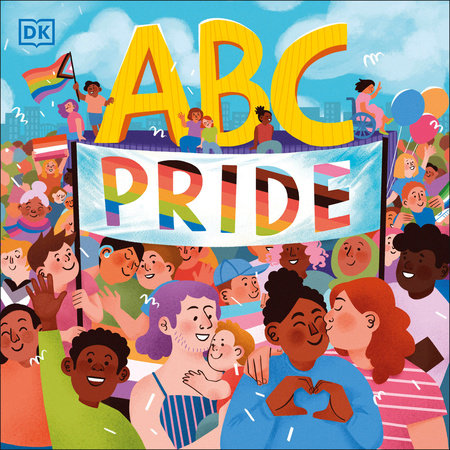How to Talk to Young Children About Gender
by Dr. Elly Barnes
We have made many advancements in breaking gender stereotypes. However, there is still much we can do as parents and educators to enrich young people’s formative experiences and ensure they have happy lives free from discrimination.
Through research, science, and exploring nature and cultures from around the world, each generation experiences a more expansive perception of gender. The more we learn, the more we can reflect these changes in our interactions with young people.
The changing landscape of language
The journey to gender-inclusive language has already begun. For example, it is commonplace to use the terms headteacher and police officer. Additionally, schools typically refer to parents or carers when referencing family members.
These subtle language changes help us avoid making assumptions or falling into stereotypical patterns — especially regarding professions, clothes, families, toys, and colors. These accessible linguistic changes free us from judgment and prejudice from the get-go.
A parent in a recent training session commented, “I consider it my duty to prepare my children for life in an ever-changing, constantly diversifying 21st century Britain. I want my children and their friends to know that there is no such thing as ‘normal’ or ‘right’ and that to accept and value others who may appear to be different from oneself is an unquestioning attribute of a fair and just society.”
How to join the conversation with young people:
-Take opportunities to emphasize and model that professions are for all people. You could demonstrate this through the daily jobs that you or your friends and family do, be open to role-playing different professions with your child, or read books together that highlight people in different roles which reflect the world around us.
–Clothes are for everyone to enjoy, so let imaginations run free by empowering all children to wear what they like from the dressing-up box. Interestingly, high-street shops have begun displaying children’s clothes by type rather than gender, and some have even introduced gender-free clothing ranges.
-Create inclusive play spaces with an array of toys to facilitate child-led play. This could be toy cars, small soft dolls, blocks, fantasy people, and animals. In this way, creativity becomes key, and the play is direction free. Maybe put images of different families on the wall, too. Similarly, we see an increasing number of toy shops displaying toys by age rather than gender. You can follow the Let Toys Be Toys campaign for more information.
-Read inclusive books like ABC Pride by Louie Stowell and Elly Barnes with your children. There is a plethora of beautifully illustrated children’s books that take an intersectional approach to exploring gender. In a recent training session, an attendee commented, “Being around such interesting material generated in-depth discussions. We’re working with a young person who is exploring their gender identity. With the help of the books, we could better support them to feel confident.”
-Practice using gender-inclusive language. For example, when greeting a group, say, “Hello, everyone,” or, “Hello, children.” The same applies to professions. Try using “firefighter,” “waiting staff,” and “chairperson.” Your child will know they are included in your community and that all activities and professions are available to them.
The more parents and teachers can present gender-inclusive resources, the more we frame and reflect the world as it is for our children. If we do not represent all young people, we fail to keep them healthy, mentally fit, and safe.
For more information, watch and join in a reading of ABC Pride and enjoy the accompanying discussion pages at the back of the book.
-
Buy the Book:

